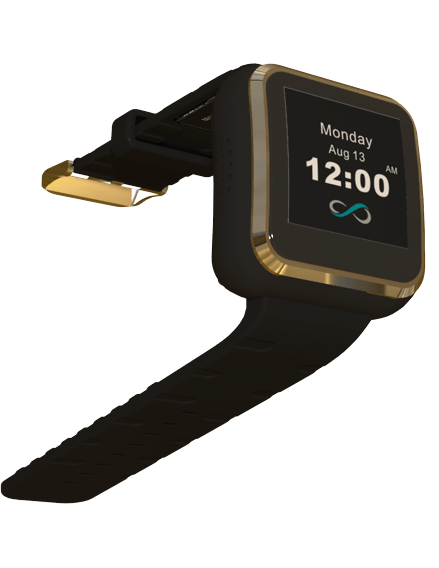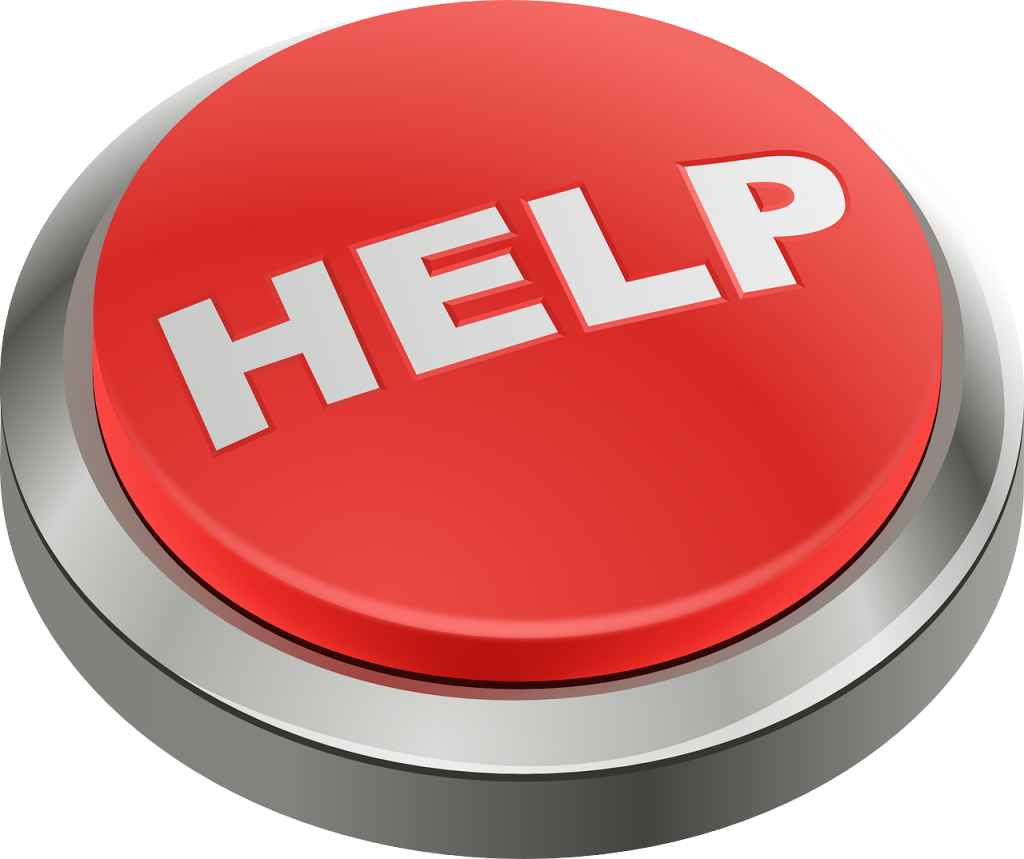What is a distress button service?
A ‘distress button’ service includes both a technical system for fast communication and quick human response.
The ‘distress button’ itself is a system that can send a fast read signal in case of distress, without having to lose valuable time for a telephone call (which is not always possible, for example during a serious heart attack).
The ‘distress button’ service system mainly includes a special device, which connects to the home phone line and operates similarly to an intercom.
This system makes it possible to transmit a distress call to the emergency center. Pressing the ‘distress button’ is a world in its entirety.
After sending a distress call the human service comes into action. This service tries to contact the caller to find out additional details.
Even if there is no answer, the help is immediately sent to the subscriber, as a service provided twenty-four hours a day.
It should be noted that the ‘distress button’ service includes various medical services – from the assistance of first aid only to the assistance of emergency medicine, sending a patrol intensive care unit, etc.

Who is the distress button service for?
The ‘distress button’ service is intended for anyone with poor health and who is highly likely to receive prompt assistance.
This type of service is also needed by people who are at increased risk of injury due to a fall, heart attack, stroke, or other reasons.
The population in need of the ‘distress buttons’ service includes the elderly, either those living in their homes, or in community structures such as sheltered housing.
In the case of an elderly person who is in a nursing home, this type of button is usually not needed as the elderly person is under medical supervision around the clock.
It is important to note that many times it is recommended to order the ‘distress button’ service even if there is no special medical history, as in old age there are various risks that can’t always be predicted.
The ‘distress button’ service for the elderly gives peace of mind to them and no less importantly – also to their closest family members.
The ‘distress button’ must be used to understand its operation and use by the population.
What are the advantages of the ‘distress button’ service?
The advantages of the ‘distress button’ service are as follows:
Easy to use – unlike the complex and confusing cell phone, especially for the elderly, it is better to have something simple and accessible.
The operation of a cellular device is sometimes a complex thing, and becomes even more complex when the person is in the distress, and not mentally free to deal with small details that are forgotten even in normal situations.
- The ease of the ‘distress button’ service use makes it the ideal communication tool with a professional team in various emergencies.
The modern ‘distress button’ including the ‘distress button’ for the elderly is user-friendly for all ages.
- More than just communication – unlike mobile communication, which even when used correctly it has to be decided wisely who to call, and there may be no answer on the other side, the ‘distress button’ service is a direct and immediate connection to people who specialize in medical emergencies and their treatment without wasting a precious time and responding quickly and immediately.
Using the ‘distress button’ is an ideal solution for life-threatening moments.
- Critical availability – thanks to the ‘distress button’ service, there is always someone who can take care of the patient at any given moment around the clock.
Urgent cases catch up with us mostly at hours when we are not prepared for them. They can happen late at night when we are very tired, and the health maintenance centers are no longer prepared to provide an answer and assistance, and the trip to the hospitals takes up our precious time.
These situations can happen on holidays and Saturdays, when even the health maintenance centers don’t work, and the hospitals work on a limited basis – all of these unexpected reasons require us to subscribe to private medical companies to receive medical assistance at any given time during the day, at holidays, Saturdays, Yom Kippur, and late night hours.

The ‘distress button’ service countrywide
The ‘distress button service countrywide’ is adapted to the subscriber and his family.
In most cases, the ‘distress button’ is located in the bedroom, toilet, and near the bathroom, and there is also a mobile button to assist when the subscriber is out of the house.
The ‘distress button service countrywide’ allows subscribers to receive a single and diverse treatment package without leaving their natural and familiar surroundings. Meda-Ly strives to provide a complex solution for subscribers and their families, even those in critical health status, and therefore operates the ‘distress button’ service that is widely available at any point throughout the country.
Being the ‘distress button’ service subscriber
Being a subscriber to the ‘distress button’ service is very important among the elderly population in Israel and taking into account that many populations have been defined as entitled to this type of button at no cost, it is worth knowing when you can have such a right.
Among the eligibility for subscribing to the distress button service at no cost can be found: eligibility for the Nursing Law – according to the Nursing Law, elderly people who need assistance and meet the criteria can receive several hours a week from National Insurance (Bituach Leumi) during which they are cared for free by a nurse.
Many local authorities, usually in collaboration with associations such as the Association for the Elderly, provide those who meet various criteria with a subsidy of services as part of a supportive community track and thus allow the elderly to subscribe to the ‘distress button’ service.
A Holocaust survivor who lives in a home (not in a nursing home) or sheltered housing is entitled to be a subscriber to the ‘distress button’ service according to the criteria of age and monthly income.
For inquiries, please contact the Foundation for the Welfare of Holocaust Victims.
Spouses who are widows or widowers of Holocaust survivors may also be eligible as a single entity that is allowed to subscribe to the ‘distress button’ service with the assistance of the Foundation for the Welfare of Holocaust Victims.
Relatives of Israel Defense Forces decedent or of a civilian killed in hostilities are entitled to be a subscriber to the ‘distress button’ service according to various health criteria.




